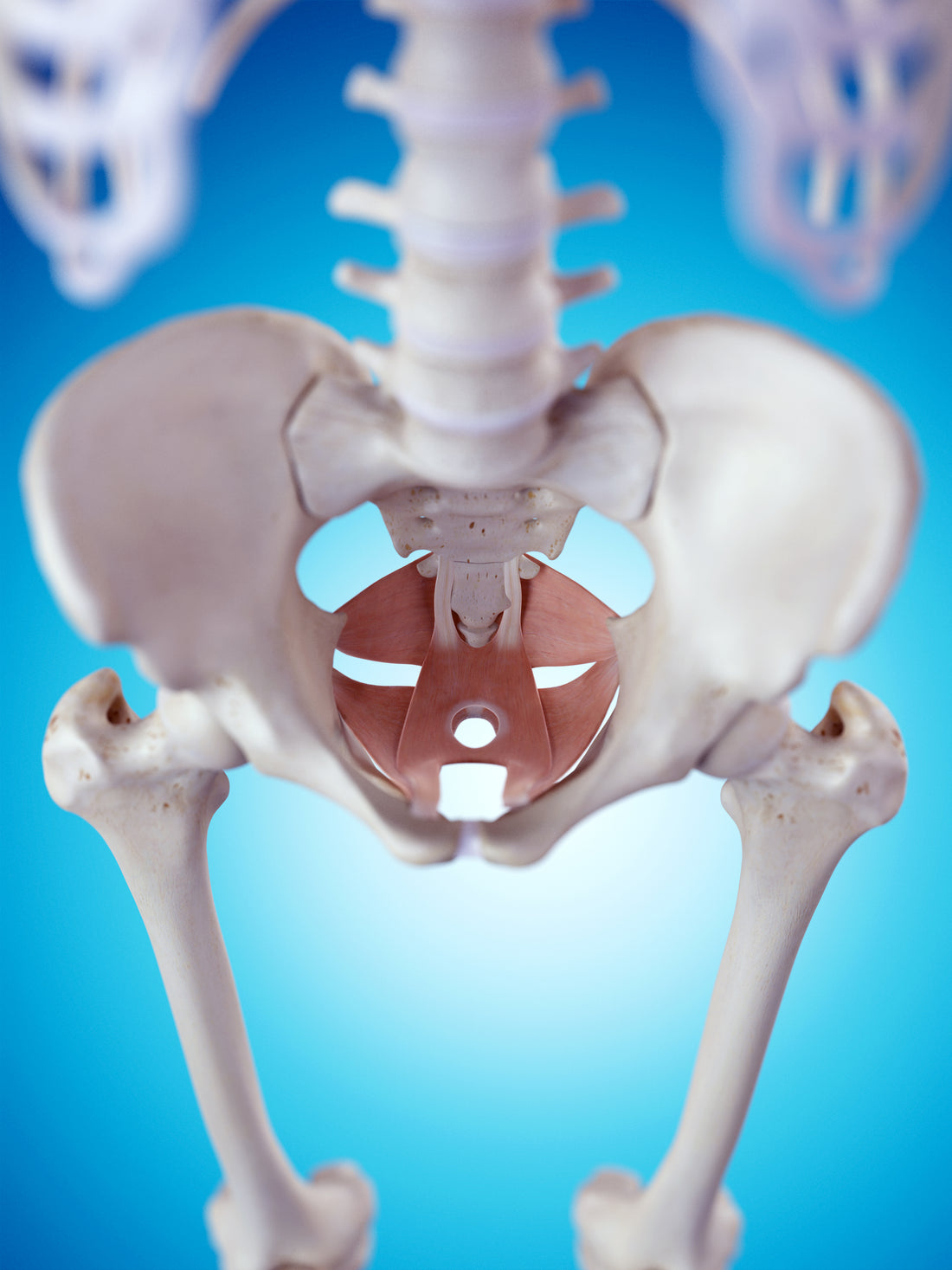The power is in the set-up.
We talk about this in Let Me Introduce You, and it’s a theme that continues in the as-yet-untitled running book that we are busy editing. How you set up for the movement that is about to take place determines the levers you use, the pressure you experience, and the rotations that occur.
The set-up alters the output, so if you don’t pay attention to the set-up, you are missing a huge piece of the movement puzzle.
One way to alter the set-up is to set up in a way that takes advantage of your Q-angle. The Q-angle is an imaginary line that runs from the anterior superior iliac spine of the pelvis to the middle of the patella. It was popularized in 1967, though some papers claim it was introduced even earlier, in 1847.
More recently, it’s been studied as a way to assess risk of injury. The researchers have concluded….
Not much, if any, evidence linking Q-angle and injury risk.
If instead of looking at static Q-angle, you consider the dynamic Q angle, its relevance to movement changes. Dynamic Q-angle is the Q-angle through knee joint flexion . This changes the reference points to the greater trochanter (the head of the femoral neck), the inside of the patella, and the inside of the ankle.
Using the Q-angle to determine the placement of your feet enables you to take advantage of your ankle set.
Ankle set is how the ankle sets right before movement. When the ankle is set, the tibia and femur are able to rotate together, in agreement with each other.
When the ankle isn’t set, the tibia and femur don’t rotate in a way that is complementary. Their rotations are in conflict with each other as one rotates one direction and one rotates the other direction.
The Q-angle and the ankle set go together and since people don’t have identical structures, they also don’t have identical Q-angles or ankle sets.
Understanding how to set the ankles using the Q-angle can improve your overall understanding and experience of movement. In the video below, Adarian takes me through some movements that take advantage of this relationship.
The emphasis for me is down and in. The emphasis would be different for a male because structurally, there are differences between males and females. These differences simply mean that if you want to maximize performance of any kind, you should set males and females up a little bit differently.
Since this post is getting kind of long, I will send out a part II in a couple of weeks with a video example of how to set up a male to take advantage of their Q-angle and ankle set.
In the meantime, have a happy New Year, and if you want to learn more about Q-angle and feet, consider joining a group of us in Las Vegas January 12-13 to discuss, explore, and dive into concepts related to play, coaching, structure, and speed.
Questions or ideas? Leave a comment and let us know.

